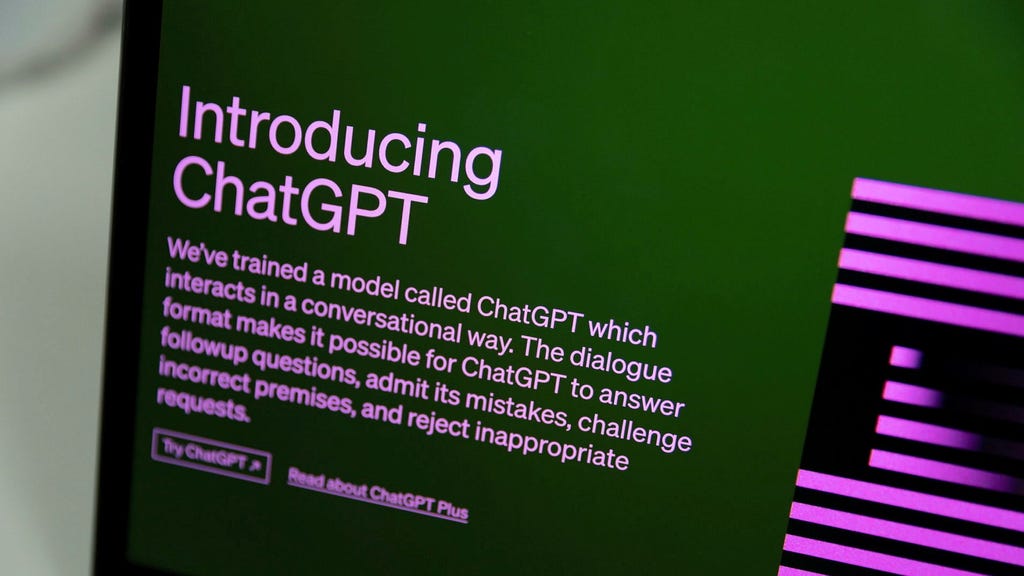OpenAI’s recent unveiling of their latest AI model, GPT-4, has sent ripples through the tech world, sparking discussions about the potential arrival of Artificial General Intelligence (AGI). GPT-4’s performance has surpassed all its predecessors and competitors in a variety of tests, demonstrating an unprecedented level of proficiency in tasks previously considered exclusive to human intellect. This remarkable advancement has fueled speculation about whether OpenAI is inching closer to AGI, the theoretical point where an AI can perform any intellectual task that a human being can.
The core innovation behind GPT-4 lies in its ”reasoning AI” approach. Unlike earlier models that generated responses directly, GPT-4 employs a step-by-step process. When presented with a problem, for example, a mathematical equation, GPT-4 breaks down the problem into smaller, manageable steps, creating a chain of thought resembling human reasoning. This approach allows the model to consider each step carefully before proceeding, leading to more accurate answers and a greater capacity to explain its reasoning. While this approach significantly improves accuracy and transparency, it comes at the cost of higher energy consumption compared to previous AI models.
Despite the remarkable progress displayed by GPT-4, it is crucial to acknowledge that true AGI remains elusive. Although GPT-4 achieved record-breaking scores on the ARC-AGI test, a benchmark specifically designed to be challenging for computers and relatively easy for humans, it still falls short of achieving generalized intelligence. Even the most powerful version of GPT-4, which incurs significant computational costs, while outperforming the average human on the test, still struggles with challenges that humans find elementary. The true measure of AGI, as articulated by François Chollet, the creator of ARC-AGI, lies in the inability to design tests that humans can solve but computers cannot.
The development of GPT-4 represents a significant leap in the evolution of AI, heralding a new era of ”reasoning AI.” Chollet himself acknowledges this achievement as a breakthrough, highlighting the surprising and substantial progress made by OpenAI. While the timeline for achieving AGI remains uncertain, with estimates ranging from a decade or more, OpenAI’s rapid advancements suggest the possibility of reaching this milestone sooner than anticipated. The emergence of reasoning AI has ignited a race among tech giants, with Google also announcing their work on a similar model, further intensifying the competition in this rapidly evolving field.
The implications of GPT-4 extend beyond mere technical advancements, raising fundamental questions about the future of AI and its role in society. The model’s improved reasoning abilities and its capacity to explain its decision-making process offer a glimpse into the potential of AI to augment human capabilities across various fields. However, the increased energy consumption associated with this approach necessitates further research into more sustainable AI solutions. Furthermore, the potential societal impact of increasingly sophisticated AI models demands careful consideration and proactive measures to ensure responsible development and deployment.
The rollout of GPT-4 will be gradual, prioritizing safety and ethical considerations. Initially, access will be limited to a select group of researchers and security experts who will rigorously test the model for vulnerabilities and potential biases. A less powerful version, GPT-4 Mini, is slated for public release in January 2025, followed by the full version later in the year. This phased approach aims to mitigate potential risks and ensure that the technology is used responsibly, paving the way for a future where AI can serve as a powerful tool for progress and innovation. The ongoing development of reasoning AI and the pursuit of AGI promise a future filled with both exciting possibilities and complex challenges, requiring careful navigation and continuous dialogue to maximize the benefits and minimize potential harms.














